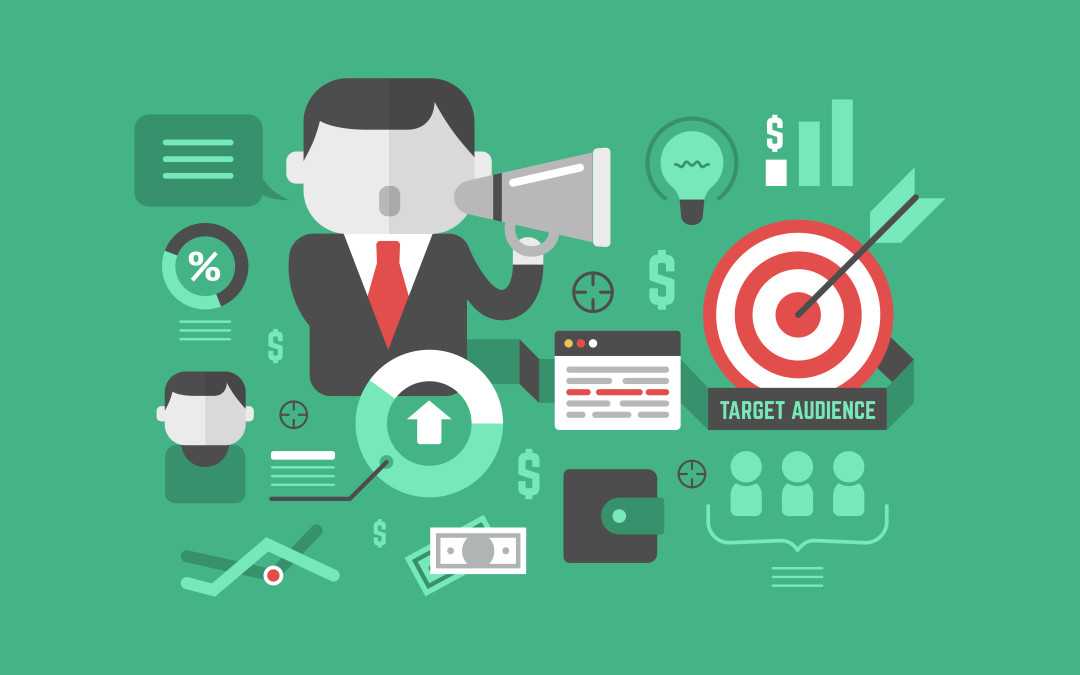Recently, I had the pleasure of sitting down with former Marriot and LivingSocial hotshot, current Director of User Acquisition at CircleBack / ScanBizCards, Benjamin Burns. Over the hour, we talked marketing, SEO, and analytics, but the real core of our conversation was data-driven marketing.
By trade, Ben is a wizard of SEO and SEM and has known the truth about data-driven marketing for years. I could hear the relief in his voice when he spoke of how businesses were finally starting to shift their marketing focuses toward things like data-driven marketing, audience segmentation, and personalization.
Data-Driven Marketing: The Interview
Austin Duck: Ben, how’d you get into all this? What made you focus on data before it was so much a thing?
Benjamin Burns: Austin, the first thing you have to understand is that, at this point, everything is data. For me, it’s always been that way. Every action, every belief, it’s all information that lets me engage people. I mean, really, it’s not any different than reading body language on a date. Plus, I realized early on that data was going to become this big, complicated thing, and, you know me, I love a challenge. I love to be part of something big and not yet defined, I love to sweat (laughs), and I’m really into the intersection of data and consumer response.
AD: Could you say a little more about that?
BB: Definitely. In my mind, SEO, SEM, data-drive marketing, and everything else, it all boils down to one thing: using whatever intelligence you can get to favorably position your product in the market. I want it easy to find, I want it to have maximum impact, and more than anything, I want it to hit its target. The beauty of data is just that, Austin. It allows us to know where to shoot, when to shoot, how to shoot… It takes out a lot of the guesswork that have made marketing departments struggle in the past.
AD: Nice. I hear that. How successful have you been with this?
BB: Doing user acquisition both here (at CircleBack) and at LivingSocial, data-driven marketing has worked very well for me. Because both businesses cater to diverse audiences—each their own needs, work habits, and the like—data-driven marketing has allowed me to create multi-pronged campaigns that each land where I need them to. We use data to determine the success of our efforts—everyone does—but I’m a big believer in following the data to the answer, letting it act like a principle that guides all of my decisions. The answer’s there, in the data, waiting to be seized. And you know I’m going to get it (laughs).
AD: For sure, man. As well you should. Is there any element of data-driven marketing that you find to work the best, to create the best response? Or do you have a whole box of strategies?
BB: I do have a box of strategies. I like to work everything all the time. It’s just how I am. But I’ve actually had the most success with, and think too many marketers overlook, using technologies and data to create personalization.
AD: Personalization? Explain how that works.
BB: With pleasure. Personalization allows me to segment. I’m able to break down my entire audience into various audiences, creating the effect of focusing on the individual. With data, I can think about different needs of particular groups of people, even within a single industry. Then, it’s as simple as developing marketing campaigns that reflect the values of that particular group, and that’s all there is to personalization.
AD: Can you talk to me about strategies you’ve used to achieve this?
BB: Sure, I’ll give you an example. With some of CircleBack’s apps, I’ve leveraged personalized in-app messaging based on previous activities. If a customer uses the app in one way, I’ll deliver a certain message whereas, if they use it another… you get the picture. It’s a really simple logic when you think about it; if a consumer takes “X” action, they’ll be more receptive to “Y” message.
AD: Impressive. I like it. Can you share your results?
BB: Definitely. Since I’ve launched this in-app push, I’ve seen a 30% lift in the click-to-open rate and about the same in increased engagement.
AD: So it’s fair to say it’s worth the effort. Thanks so much for taking the time to talk with me. Is there anything you’d like to add?
BB: I’d just like to thank data for making my job so much better (laughs).
AD: Thanks indeed, data. Thanks indeed.

